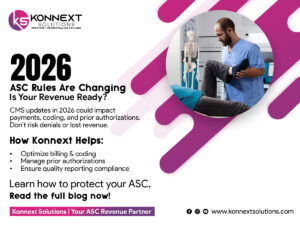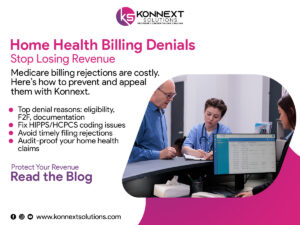Colonoscopy remains a cornerstone of preventive and diagnostic medicine, playing a vital role in colorectal cancer screening and gastrointestinal care. For billing and coding professionals, mastering the correct CPT and related codes is essential for accurate reimbursement, documentation, and compliance.
Understanding the Foundation of Colonoscopy Coding
Colonoscopy billing requires choosing the correct descriptor based on the procedure type, scope, and intervention level. The complexity stems from several factors: screening versus diagnostic status, type of intervention (biopsy, polypectomy, ablation, etc.), and pathology or anesthesia services that may accompany the procedure.
Major Colonoscopy Procedure Codes & When to Use Them
Diagnostic, Basic Colonoscopy
- 45378: Flexible colonoscopy, diagnostic, including specimen collection by brushing or washing when performed. Used when no major interventional service is rendered.
Colonoscopy with Biopsy
- 45380: Flexible colonoscopy with biopsy (single or multiple). Applied when tissue samples are taken during the exam.
Colonoscopy with Polypectomy or Lesion Removal
- 45384: Flexible colonoscopy with removal of tumor(s), polyp(s), or lesions by hot biopsy forceps.
- 45385: Flexible colonoscopy with removal of tumor(s), polyp(s), or lesions by snare technique (hot or cold). These codes reflect higher complexity and resources.
Other Interventional Codes
- 45383: With ablation of tumor(s)/polyp(s)/lesion(s) (includes pre-/post-dilation or guide wire when used).
- 45381: With directed submucosal injection(s), used in advanced polypectomy or hemostasis.
- 45382: With control of bleeding by any method—used when endpoint of care is hemostasis.
- 45386: With balloon dilation of one or more colonic strictures.
- 45393: With therapeutic decompression (e.g., megacolon, volvulus) including tube placement when used.
Screening Colonoscopy versus Diagnostic
For Medicare and some commercial payers:
- G0105: Colorectal cancer screening colonoscopy for high-risk individual.
- G0121: Screening colonoscopy for individual not meeting high-risk criteria.
If findings are abnormal or intervention occurs, then procedure codes (45378 – 45393 range) apply instead of screening code.
Coding for Pathology and Ancillary Services
When specimens are processed or advanced molecular tests are performed, additional codes are needed:
- 88305, 88307, 88309: Surgical pathology levels for colon tissue.
- 88342: Immunohistochemistry or immunocytochemistry.
- 88368: Morphometric analysis/in situ hybridization.
These must align with the biopsy/intervention performed during the colonoscopy.
Anesthesia, Sedation, and Facility Considerations
- 00812: Anesthesia for lower intestinal endoscopic procedures introduced distal to duodenum—used when anesthesia provider applies.
- 99151, 99152: Moderate sedation by same physician/qualified professional performing procedure.
If the colonoscopy is in a hospital outpatient department or ASC, facility billing codes and supply codes may apply (for example, C9898) and payments differ greatly between facility/non-facility settings.
Multiple Procedures, Modifiers & Location Rules
- When multiple different procedural services are provided during the same colonoscopy session, correct application of modifiers (such as Modifier 59 for distinct procedural service) is critical to avoid bundling denials.
- Modifier 51 may be used by some payers for multiple procedures, but it’s important to verify payer policy.
- Place-of-service codes affect reimbursement rates: the same CPT code in an office vs hospital outpatient vs ASC can reimburse differently—billing teams must check payer contracts.
Best Documentation Practices & Common Pitfalls
- Always document: the indication (screening vs diagnostic), extent of exam (e.g., colonoscope reached cecum or terminal ileum), findings (polyps, lesions, strictures), and intervention (biopsy, ablation, snare, dilation).
- Indicate quality of bowel prep and any complications or incomplete exam reason (if discontinued, document portion completed).
- Avoid common mistakes: misusing a screening code when intervention is done, failing to code the highest intervention level, confusing facility vs non-facility rates, and missing pathology billing.
- Regular auditing of denial reasons (for example “procedure not allowed under screening code”, “modifier missing”, or “multiple procedure discounting applied”) helps improve clean claim rates.
Why This Matters for Your Practice
Accurate colonoscopy billing has direct, measurable impacts on your practice’s financial health:
- Correct code selection means higher probability of first-pass payment.
- Appropriate modifier and facility usage avoids vendor downcoding and write-offs.
- Capturing pathology and sedation services fully increases revenue capture per encounter.
- Clear documentation reduces audit risk, insurer push-back, and reduces time in AR.




